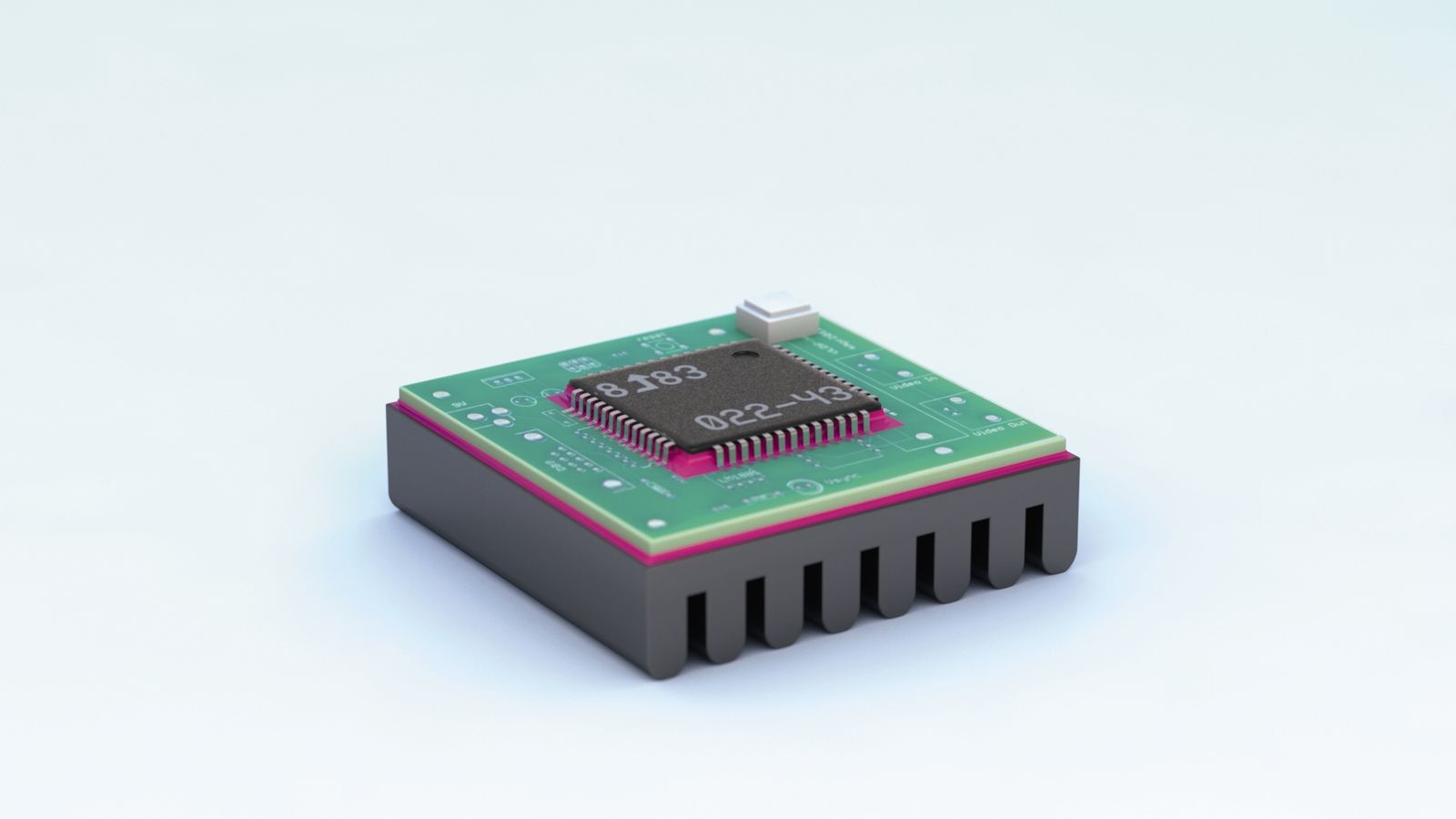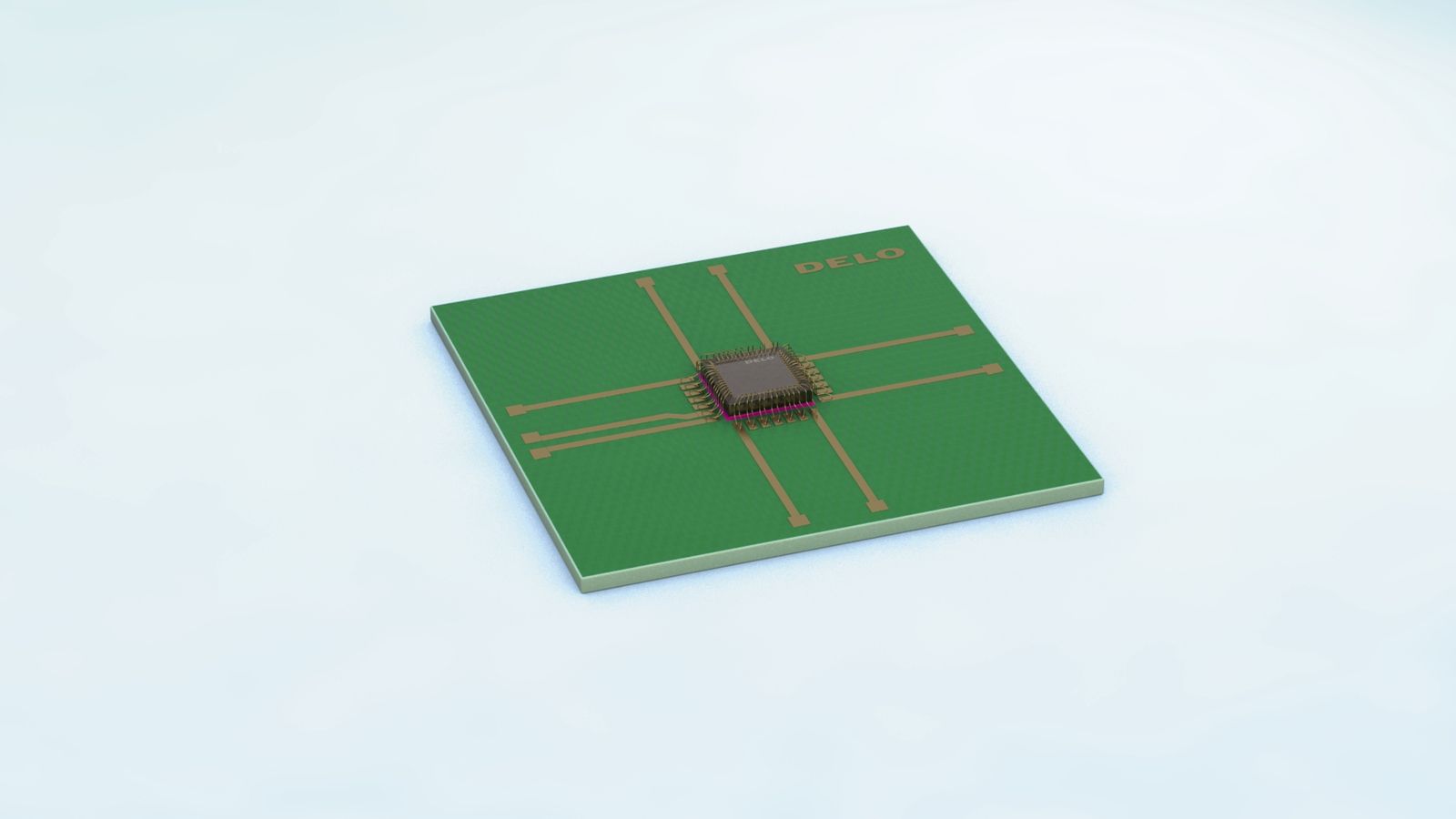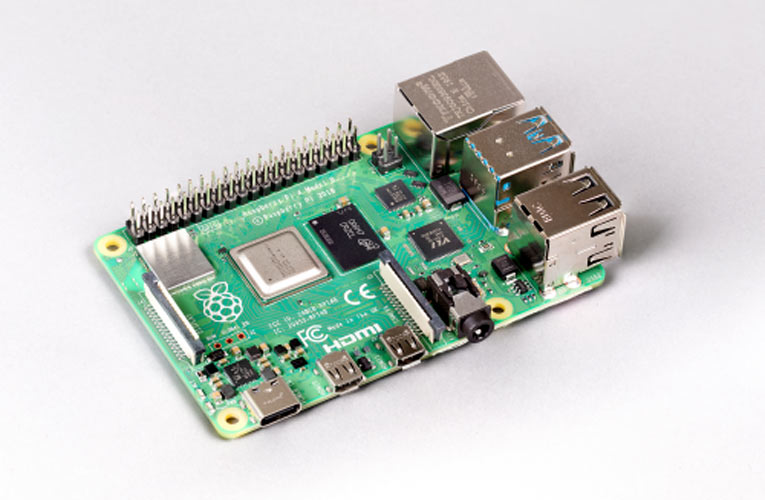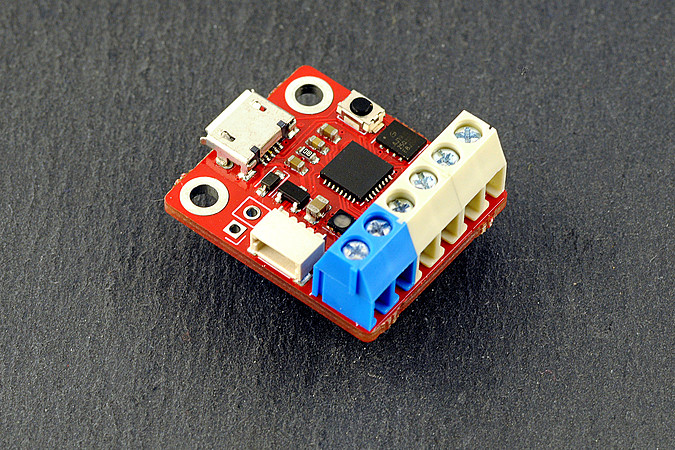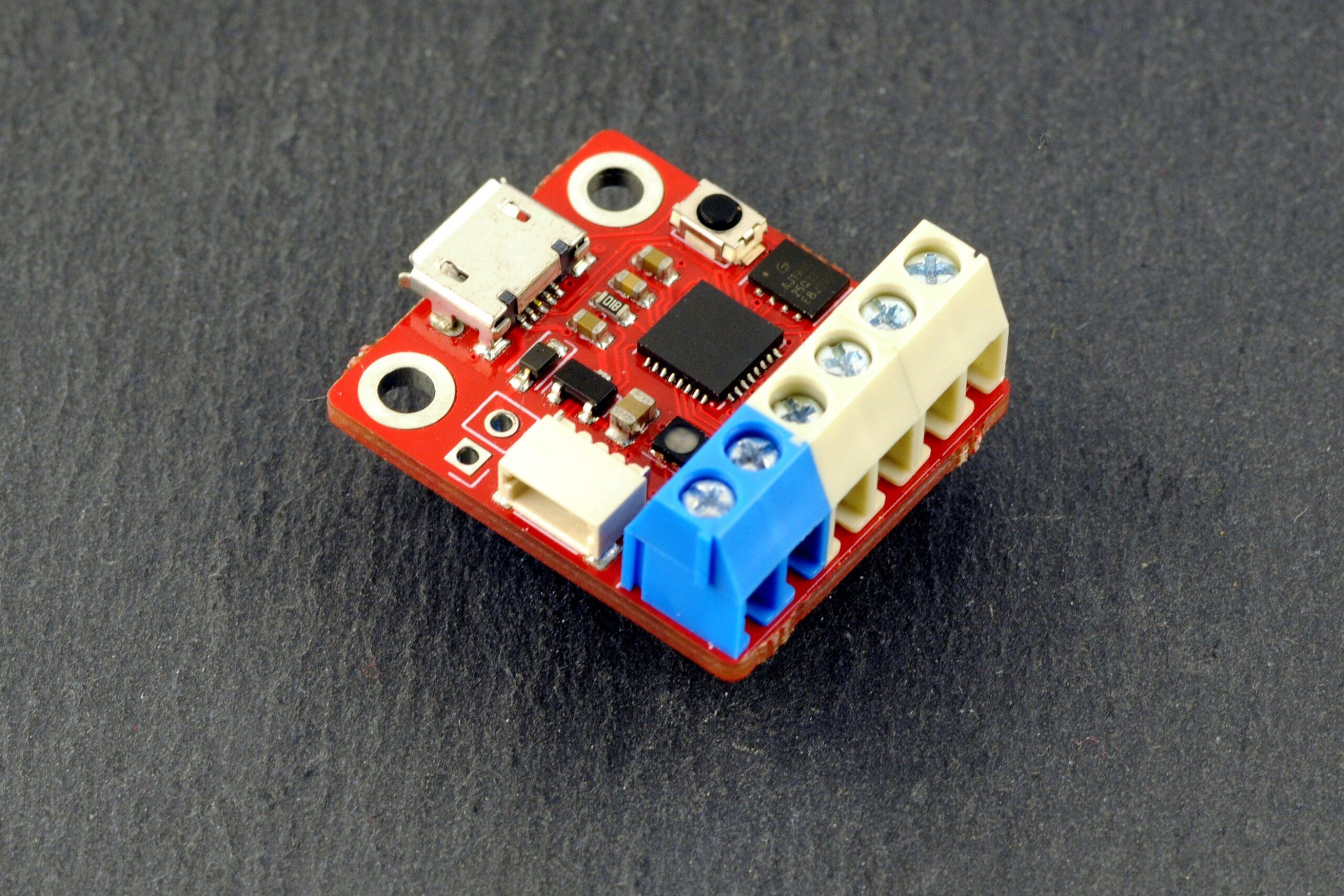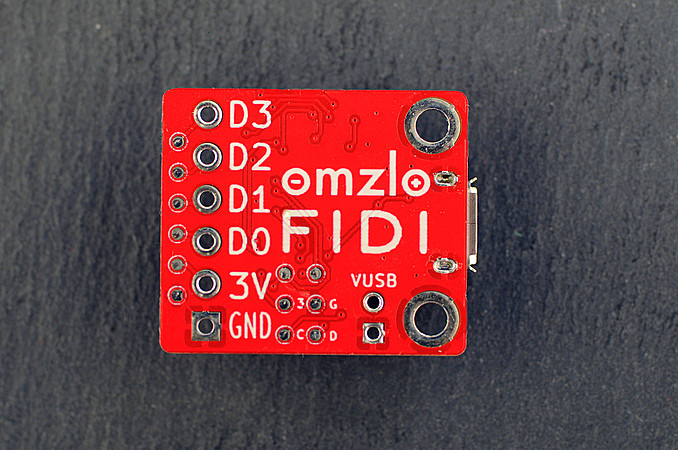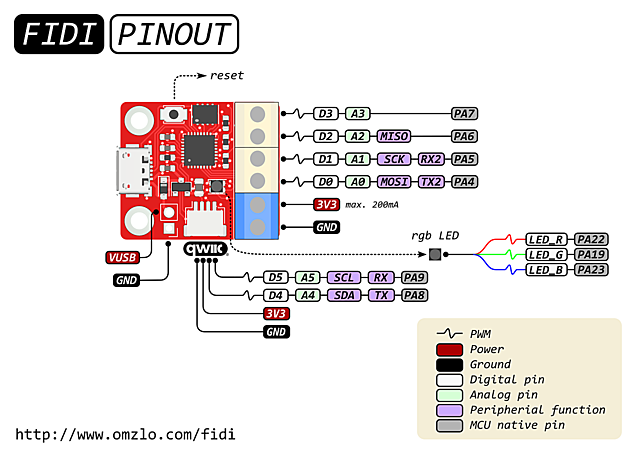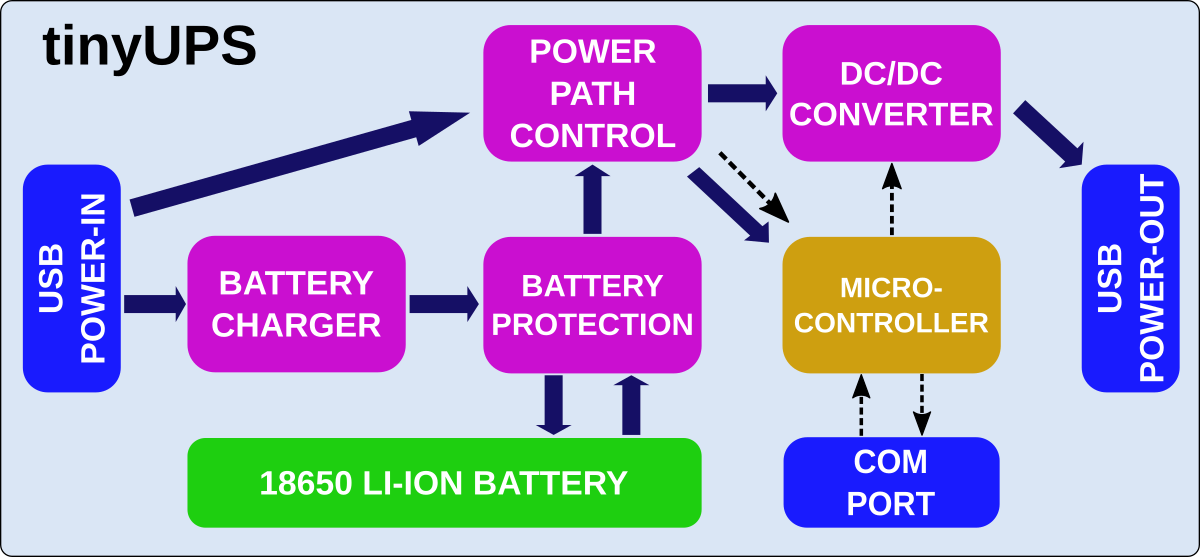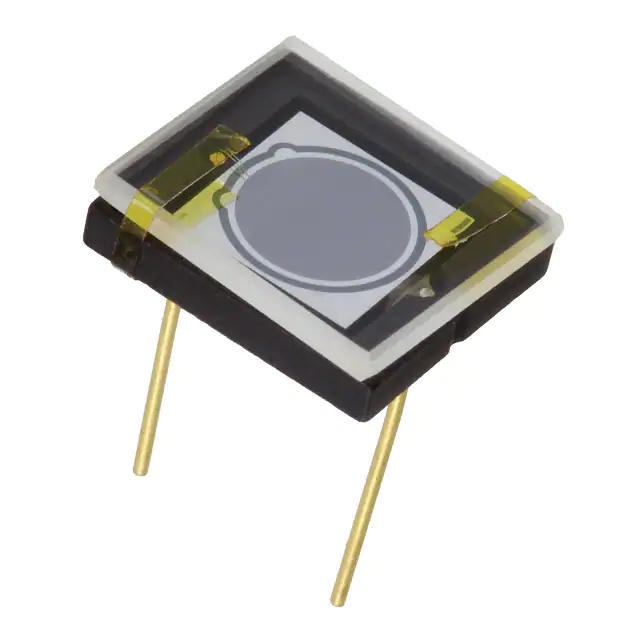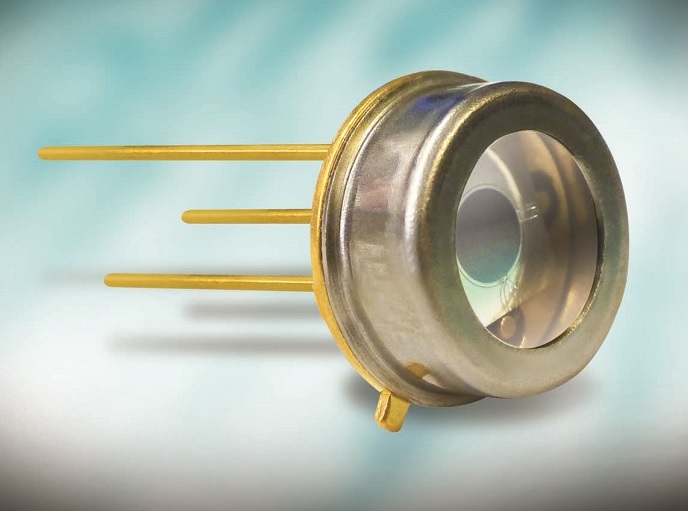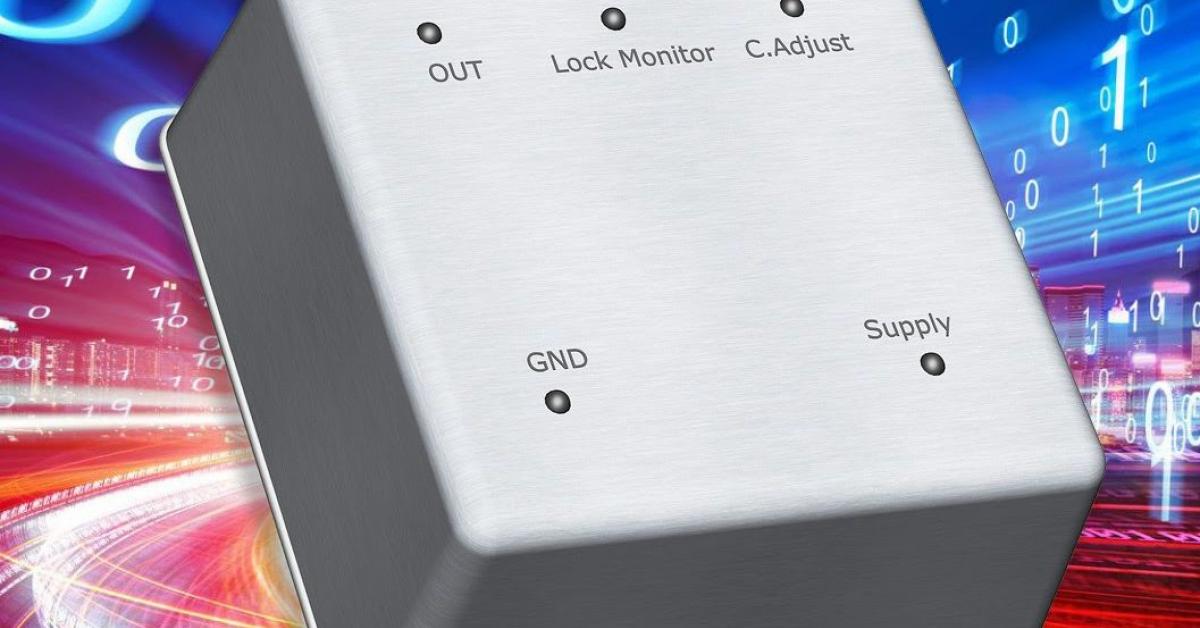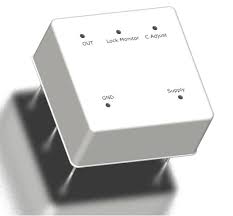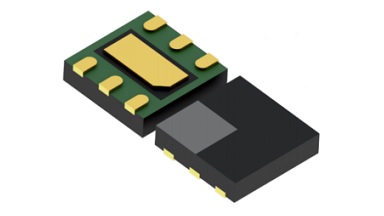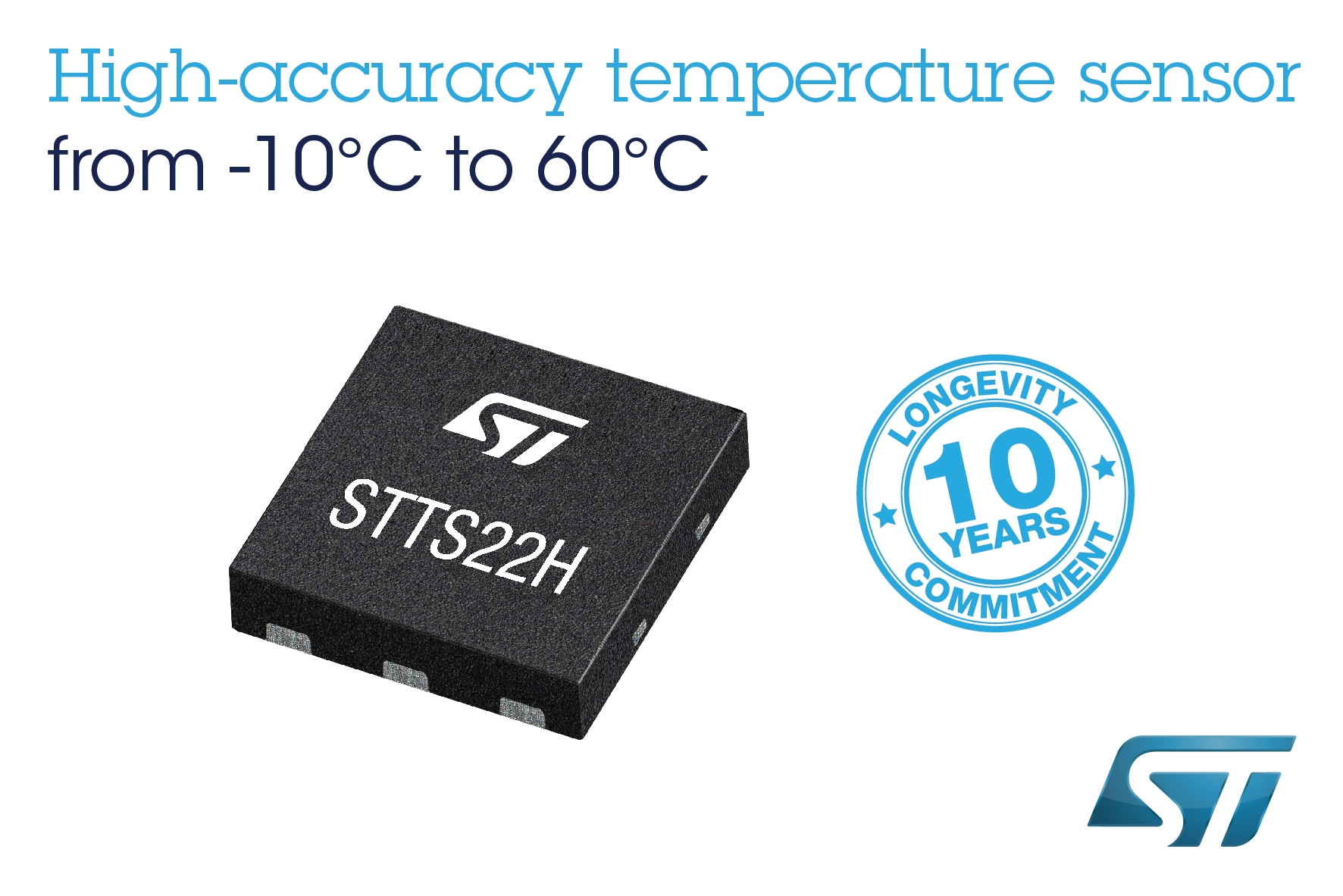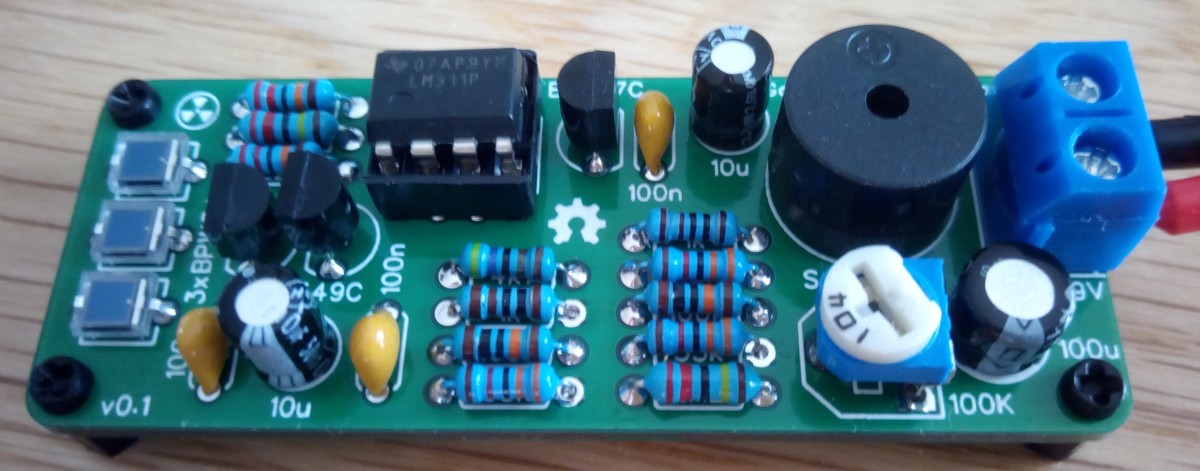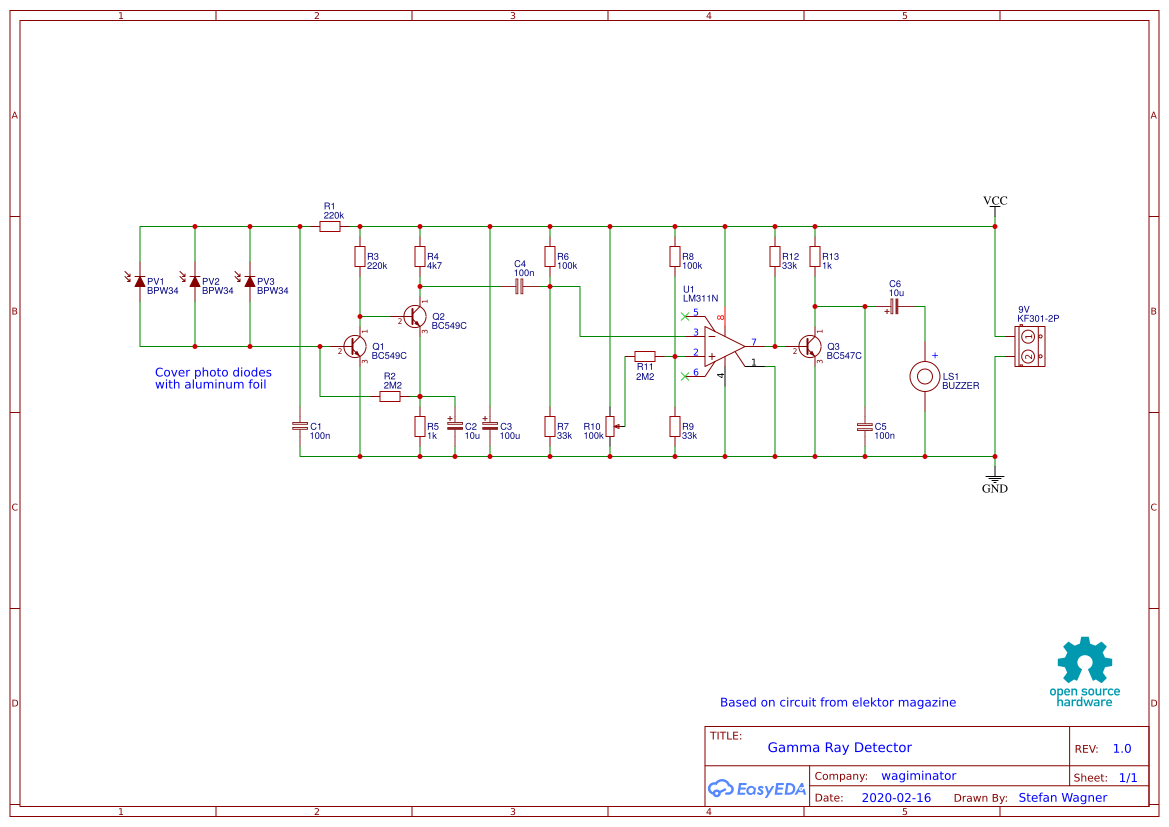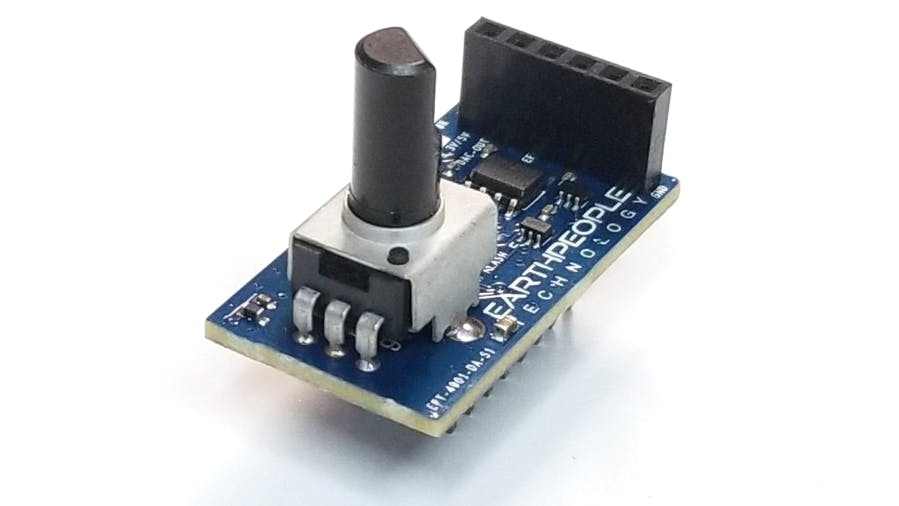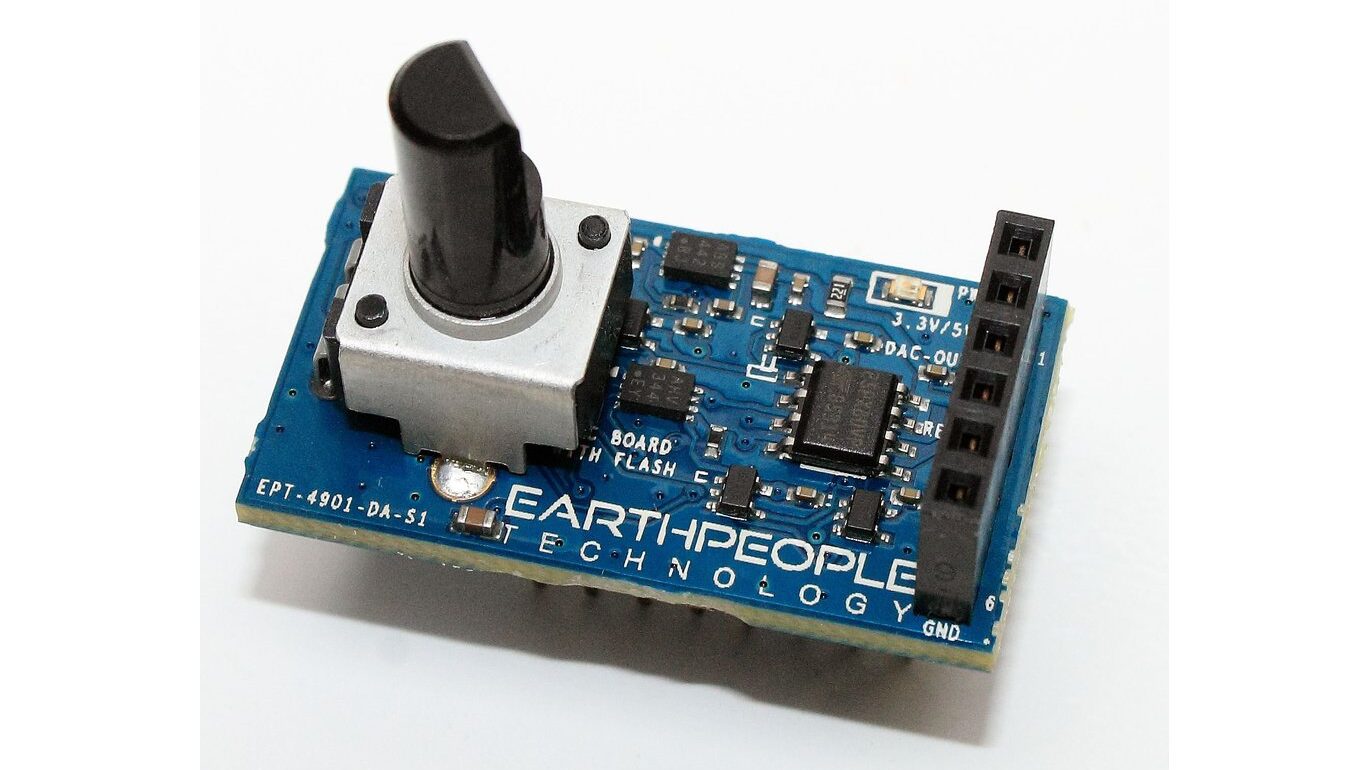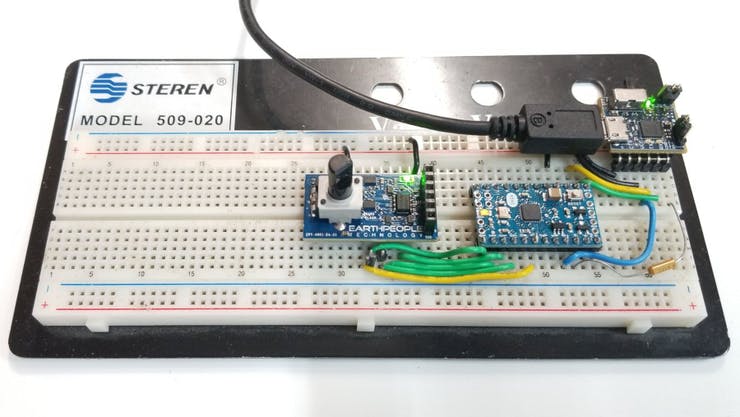A common reason for the failure of power semiconductors is the heat development in the often very small components, as there is usually no efficient heat dissipation. Adhesives not only ensure a permanent bond but also dissipate heat and provide electrical insulation.
The new electronic adhesive from DELO is a one-component, heat-curing epoxy resin. Due to its ceramic filler aluminum nitride it provides very high thermal conductivity of 1.7 W/(m∙K) (measured by the criteria of ASTM D5470). This is comparable with silver-filled isotropic conductive adhesives (ICA), which have a thermal conductivity of ~1.5-2.0 W/(m∙K).
One advantage of DELO MONOPOX TC2270 over ICA is that it also provides electrical insulation. The adhesive thus ensures both reliable heat dissipation and electrical insulation of assemblies. Using the new electronic adhesive additionally allows proportionate component costs to be reduced.
In cured condition, DELO MONOPOX TC2270 has a compression shear strength of 34 MPa on the FR4 composite material and of 11 MPa on high-performance LCP plastics. When bonding microchips, the electronic adhesive reaches values of 60 N in the die shear test (1×1 mm² silicon dies on gold surface). Even after standardized humidity tests, DELO MONOPOX TC2270 shows good strength. To determine the moisture sensitivity level (MSL 1), silicon dies were bonded to different PCB materials, stored for one week at 85 °C and 85 % air humidity, and then subjected to three consecutive reflow cycles. Even with these loads, the adhesive retained its high strength level.
To enable the bonding of temperature-sensitive assemblies and prevent them from damage caused by excessive curing temperatures, the adhesive has been designed with a chemical system, ensuring that final strength is reached after 90 minutes at a curing temperature of 60 °C. With a temperature of 80 °C, the curing process can be reduced to 15 minutes. In this way, production processes can be individually adapted to the component types and quantities to be manufactured. The adhesive’s service temperature range is between -40 and +150 °C.
more information: www.delo-adhesives.com


